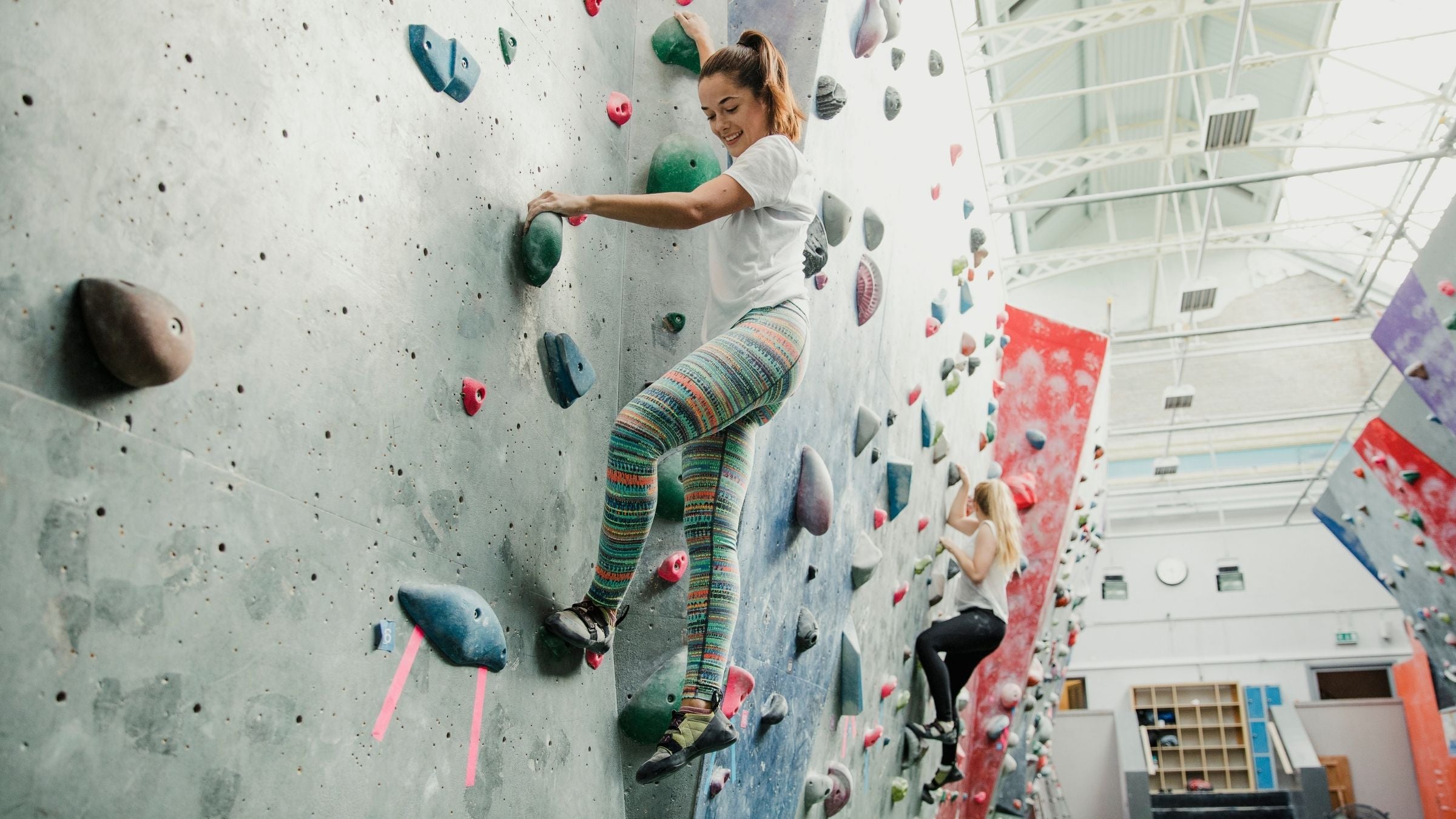Sometimes No Tri Training is the Best Tri Training

(Photo: Getty Images)
It’s the off-season, which means it’s time to put away the time trial bike and try some non-swim-bike-run workouts. “People need to do different things. It keeps them energized and excited,” said MJ Gasik, a coach with Illinois-based TriRight Coaching.
But off-season training doesn’t just rejuvenate the mind. It also helps with weaknesses missed during triathlon season. Mixing it up with mountain biking or trail running can improve technical skills and strengthen smaller ignored muscles and tendons. Hitting up a swim meet lets you try new strokes and explosive dives.
Or, do something completely different. As Purple Patch coach Mike Olzinski pointed out, even NFL wide receiver Odell Beckham Jr. is an amazing dancer. The extra muscle coordination, balance, and strength come back and help during the season.
The only caveat: If you’re trying something totally new, “be patient and start slow,” Olzinski said. “If you don’t practice and respect the sport, then you can get over-confident and take on more than you can handle.”
Yoga
An off-season classic for the tight and stiff triathlete, yoga stretches out sore muscles and aching joints—it also forces you to work on balance and spatial awareness. There’s a reason so many athletes hit up yoga classes not just during the off-season.
RELATED: How to Choose the Best Yoga Class For Your Needs
Cross-country skiing and rowing
Want to build endurance while working slightly different muscles? If you have snow, then cross-country skiing is the way to go. (Want to keep it tri-adjacent? Check out the winter tri scene.) “It’s effective in building aerobic endurance without putting a lot of pressure on your joints or tendons,” Gasik said. Live somewhere warmer (or have a rowing machine at the gym)? “Rowing builds endurance and power, and it helps with coordination and muscular harmonization,” he added.
RELATED: A Triathlete’s Guide to Get Started Cross-Country Skiing
Boxing or kickboxing
If you need to work on your mobility and balance (as most triathletes do), try a boxing or kickboxing class. As triathletes, we mostly move in one limited plane of motion. “Boxing and martial arts truly center around rotational movement, with very large and complete ranges of motion,” Olzinski said. “It’s a great way to open up joints across your body.”
Rock climbing
Have problems with fine motor skills and coordination (as nearly all triathletes do)? Get yourself to a rock climbing wall—ideally, starting indoors at a climbing gym. You’ll learn how to coordinate and synchronize movements across your whole body. “This is a major skill that can improve the way and speed at which the brain communicates with your muscles,” Olzinski said.
Weightlifting
A lot of long-distance athletes lack top-end explosive power. Gasik suggests trying some high-intensity interval training. And Olzinski recommends using the off-season for a full-on strength project. “So not aiming to just do two light sessions per week, but truly taking on four to five weekly strength training sessions for a solid two months,” he recommends. It’ll help prevent injuries (if done right) and get you ready for some big power gains during the season.
RELATED: How Lifting Heavy Can Unlock Your Endurance Potential
This article originally appeared in the November 2018 issue of Triathlete magazine.